What Size Cam Loks Does ETC Use on SensorTouring Racks?
Answer
Note: this article is generated for the United States, check Code for portable power in your country which may be different colors and connectors.
On the SP24, SP36, and SP48 ETC uses the 400 Amp Cam-lok connector. Original a "Crouse Hinds E1016, 400A style connectors" but you want the J E-Z series or other compatible manufactures that make connected that are a lot easier to use than the original, and here’s why.
The Original Crouse Hindes E1016 (now Cooper) use a rounded pin on top of the brass connector to lock the in to the rubber boot. You need a specials tool (one for males connectors and one for female connectors), and let me tell you it was a bear to literally pull together!
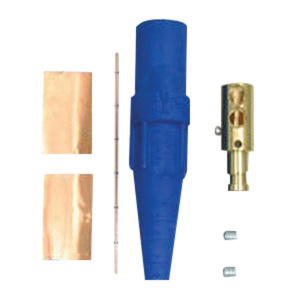
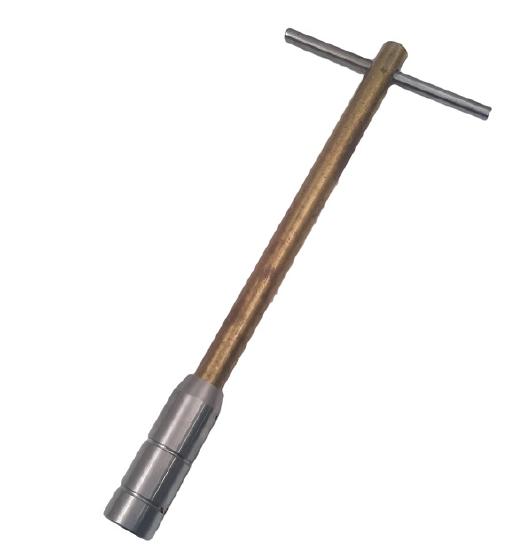
Crouse Hindes (now Cooper) have the J Series E-Z1016 connectors that have a screw as well for assembly.
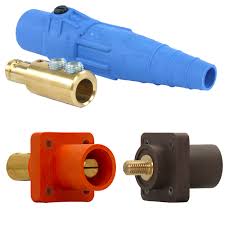 |
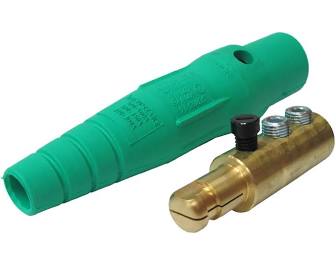 |
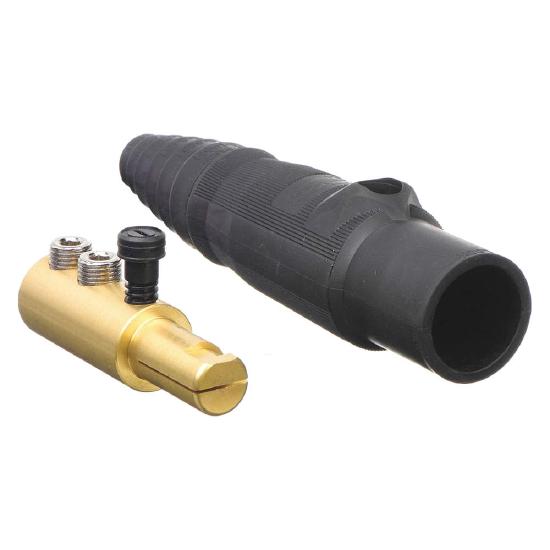 |
| Cooper J Series E-Z1016 | Leviton 16 series | Hubble 400 series |
Normally packs and racks have 3 male hot legs connectors In the USA (black, red, blue), with reversed female neutral (white) and ground (green).
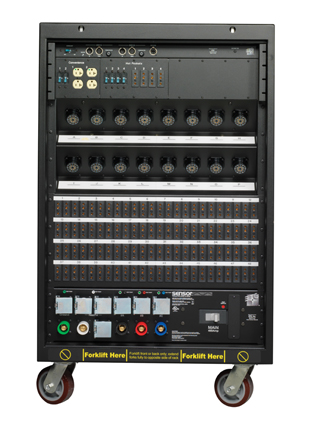
The Neutral and ground are reversed so you do not accidentally plug a neutral or ground into a hot leg. There are also 2 neutrals, why is that? Well in SCR dimming you can get up to 1.5X the Neutral current depending on the dimmers levels on the three phase, so we give you the option to add a second neutral if needed. Some rack also have power outputs so you could daisy chain racks together, Keeping in mind current draw.
So if you have a Company switch you can use your Extension feeder with male on one end and female on the other to plug right in. (one of each color black, red, blue, white, green). If not, you will need a set of tails, 2 Ø feeder with bares ends to tie in to a disconnect. For that you will need 3 female, black, red, blue & 2 male white, green and an extra male white if you are using double neutrals.
